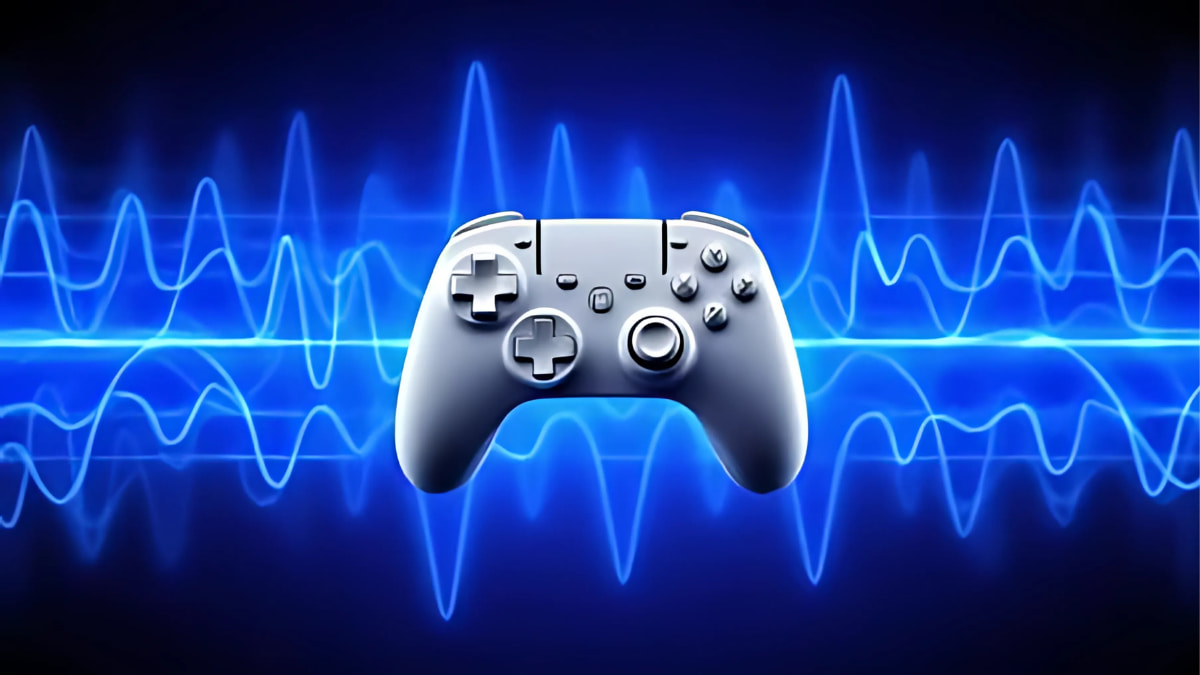Frequent action video gaming may be tied to measurable structural differences in the brain, according to new research published in Brain Science. Using MRI scans, scientists found that players of fast-paced genres like first-person shooters and strategy titles showed greater cortical thickness in key parietal regions and stronger connectivity in occipito-parietal white matter tracts compared with non-gamers. The study, led by Mukherjee, Cahill, and Dhamala (2025), recruited 46 participants — 27 gamers and 19 non-gamers — and assessed their brain structure using advanced imaging techniques. Results revealed thicker cortices in areas linked to attention, visuospatial processing, and decision-making, alongside enhanced connectivity between the occipital and parietal lobes. These neural traits align with prior behavioral research showing faster reaction times and improved visuomotor skills among gamers. While the findings highlight potential benefits of gaming, researchers caution that causality cannot be confirmed. The structural differences could reflect pre-existing traits rather than adaptations from gaming itself. Additionally, the cross-sectional design and modest sample size limit broader conclusions. Still, the results add weight to growing evidence that action video games engage cognitive networks beyond entertainment. The observed brain differences suggest that gaming may hold promise as a tool for training attention and visuospatial skills, particularly in clinical or educational settings. The authors note, however, that concerns about excessive gaming, violent content, and addiction remain relevant, and further longitudinal studies are needed to clarify long-term impacts.
Study Links Action Gaming to Stronger Brain Networks






